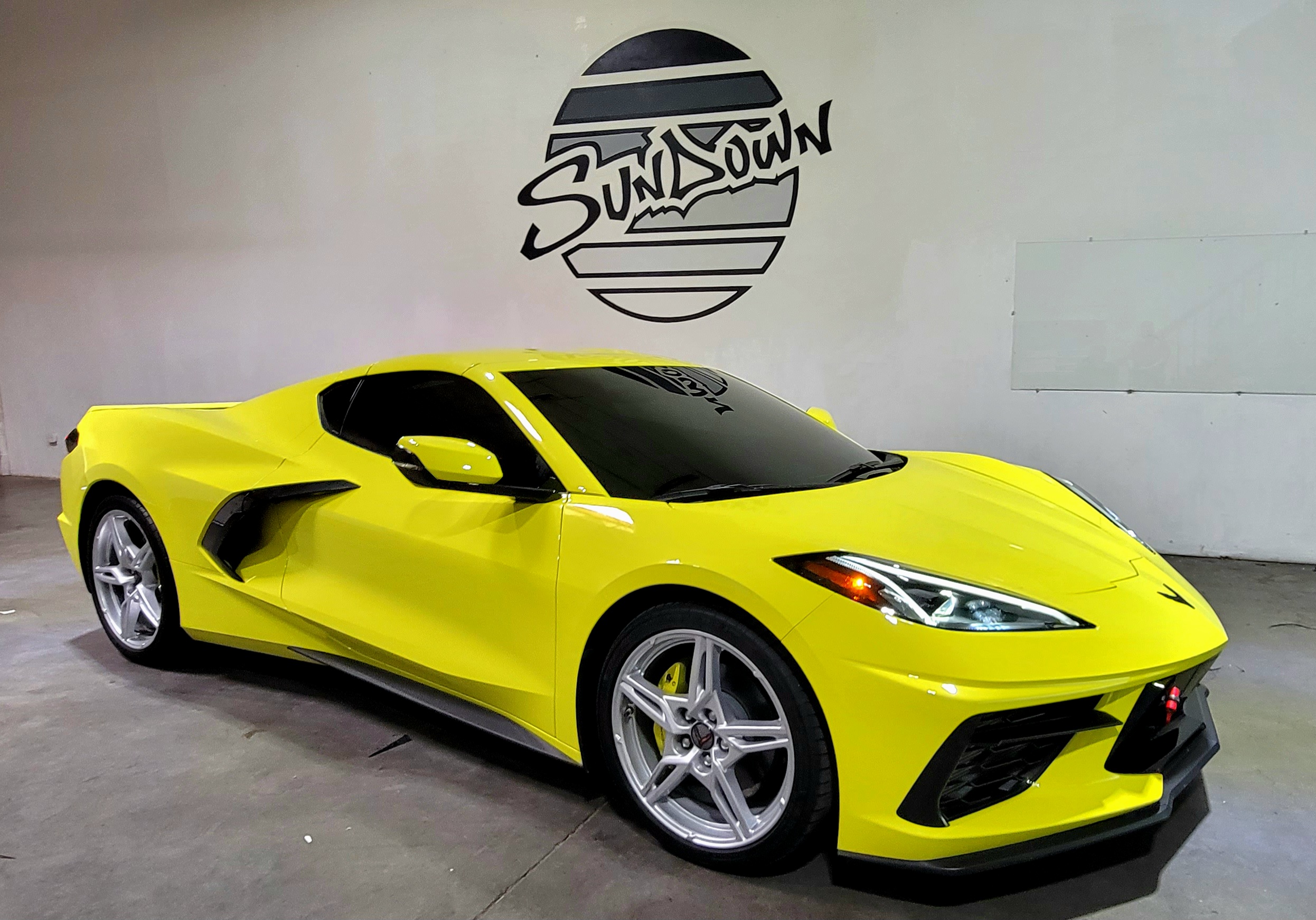SERVICES

Sound Systems
Upgrade your driving experience with our premium car audio solutions.

Window Tint
Enhance your vehicle’s style and protection with our premium window tint options. Choose from Carbon and Ceramic films for superior heat rejection, UV protection, and privacy.

Paint Protection Film(PPF)
Protect your vehicle’s paint with our high-quality Paint Protection Film (PPF).




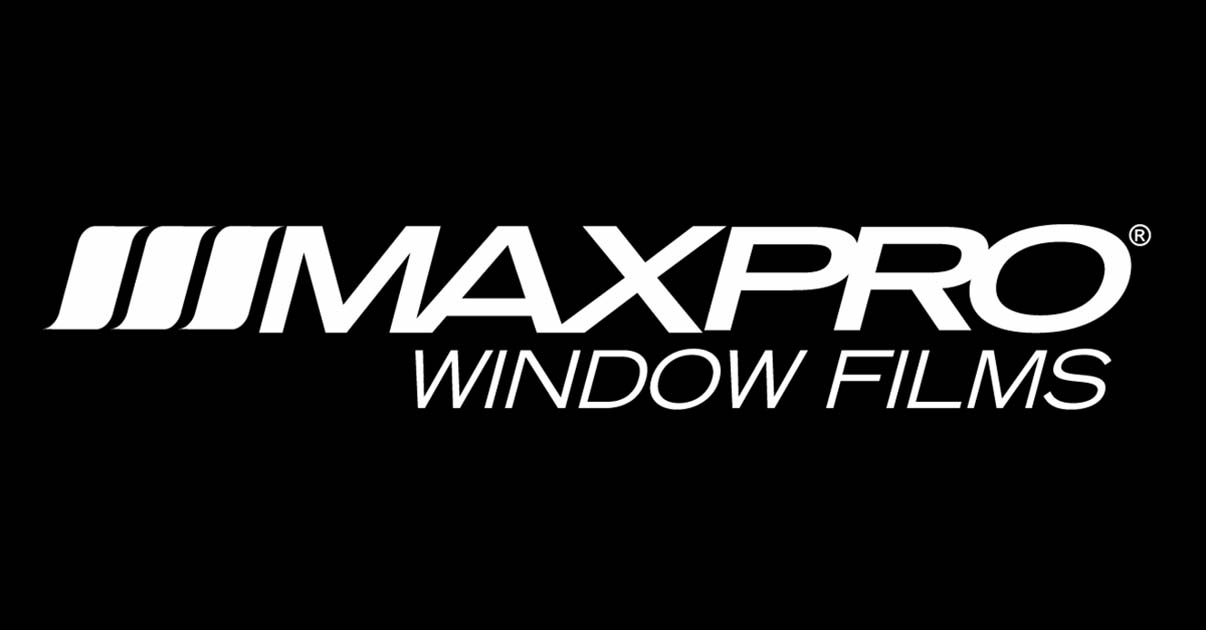

Portfolio
Explore Our
Projects Highlights
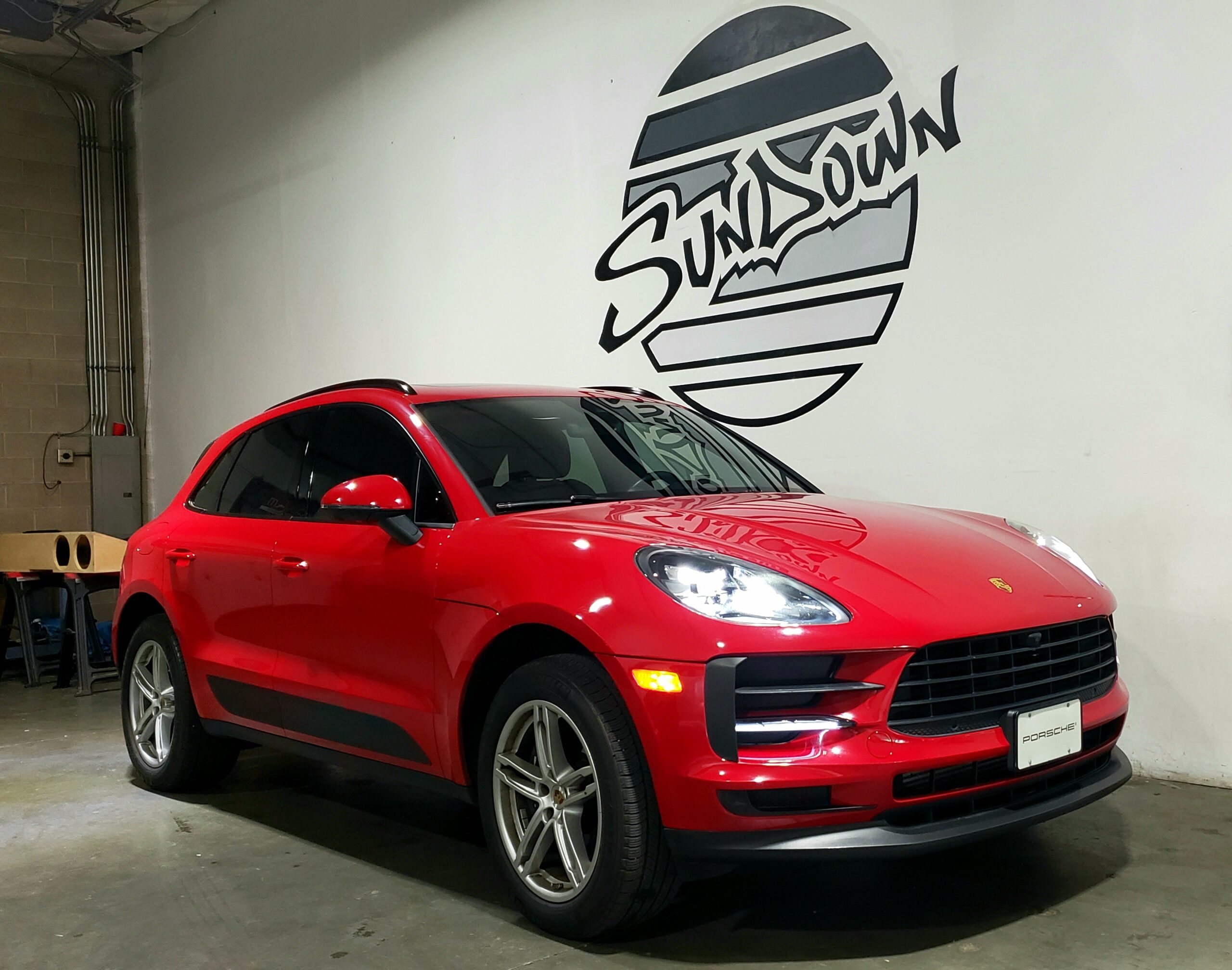
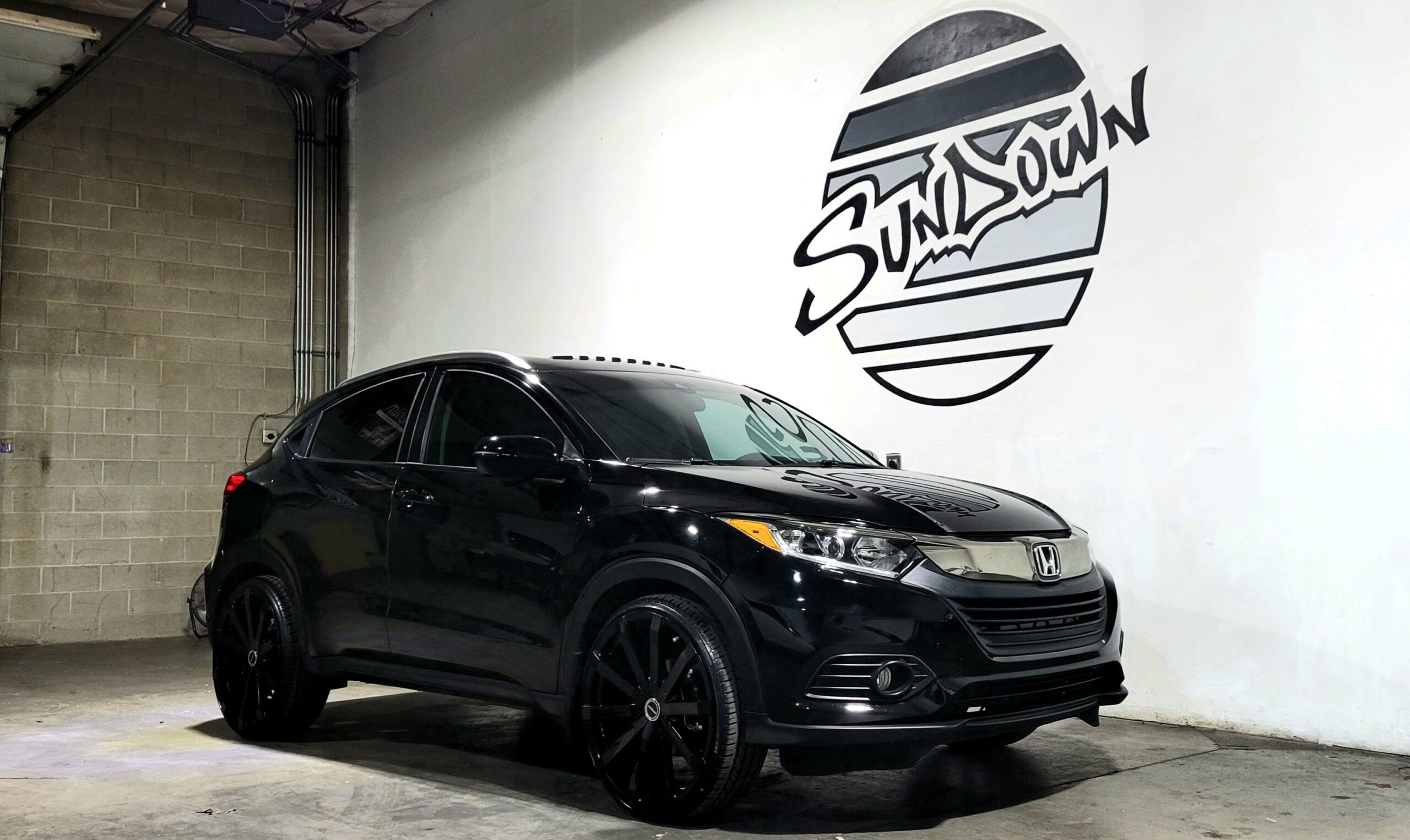
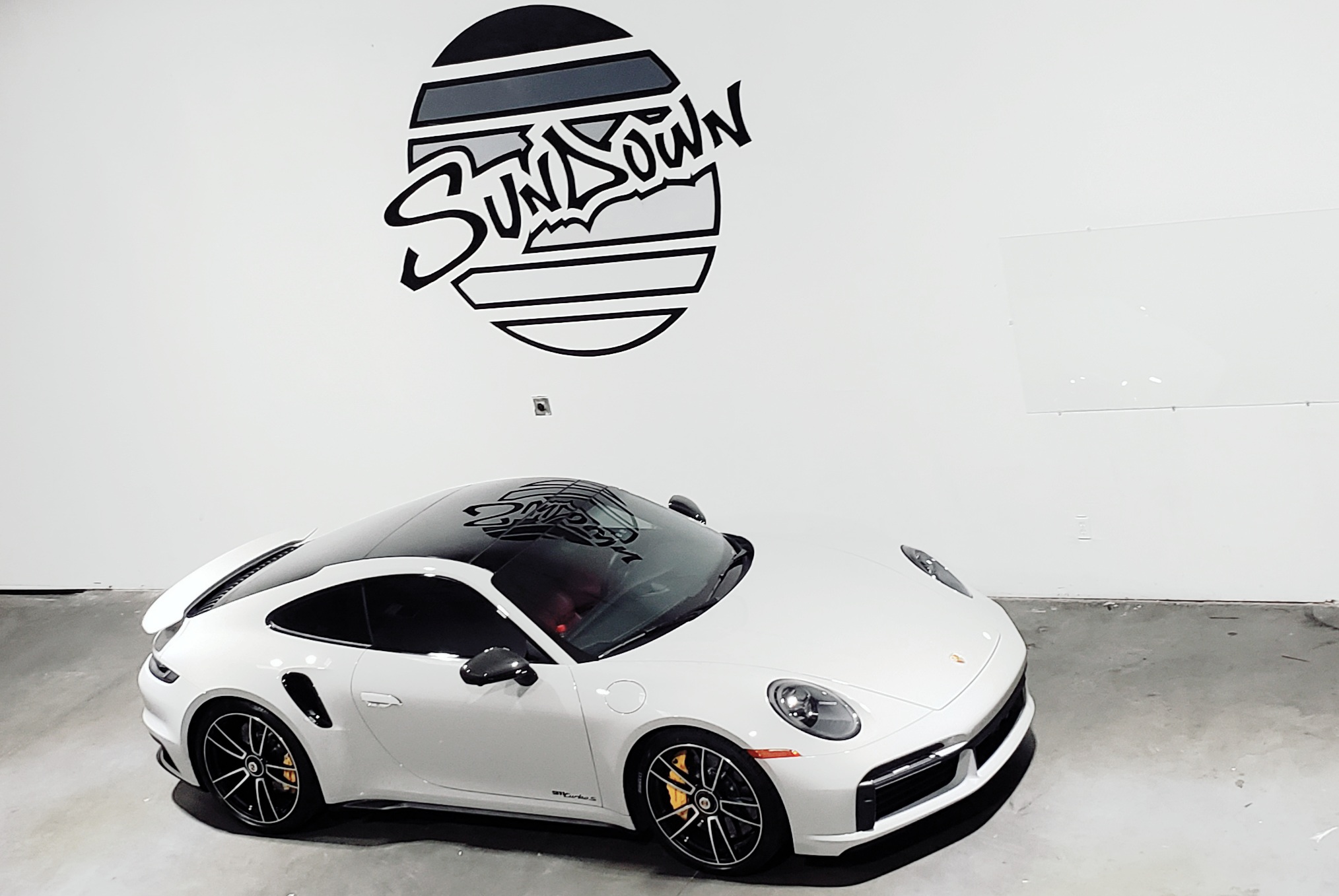
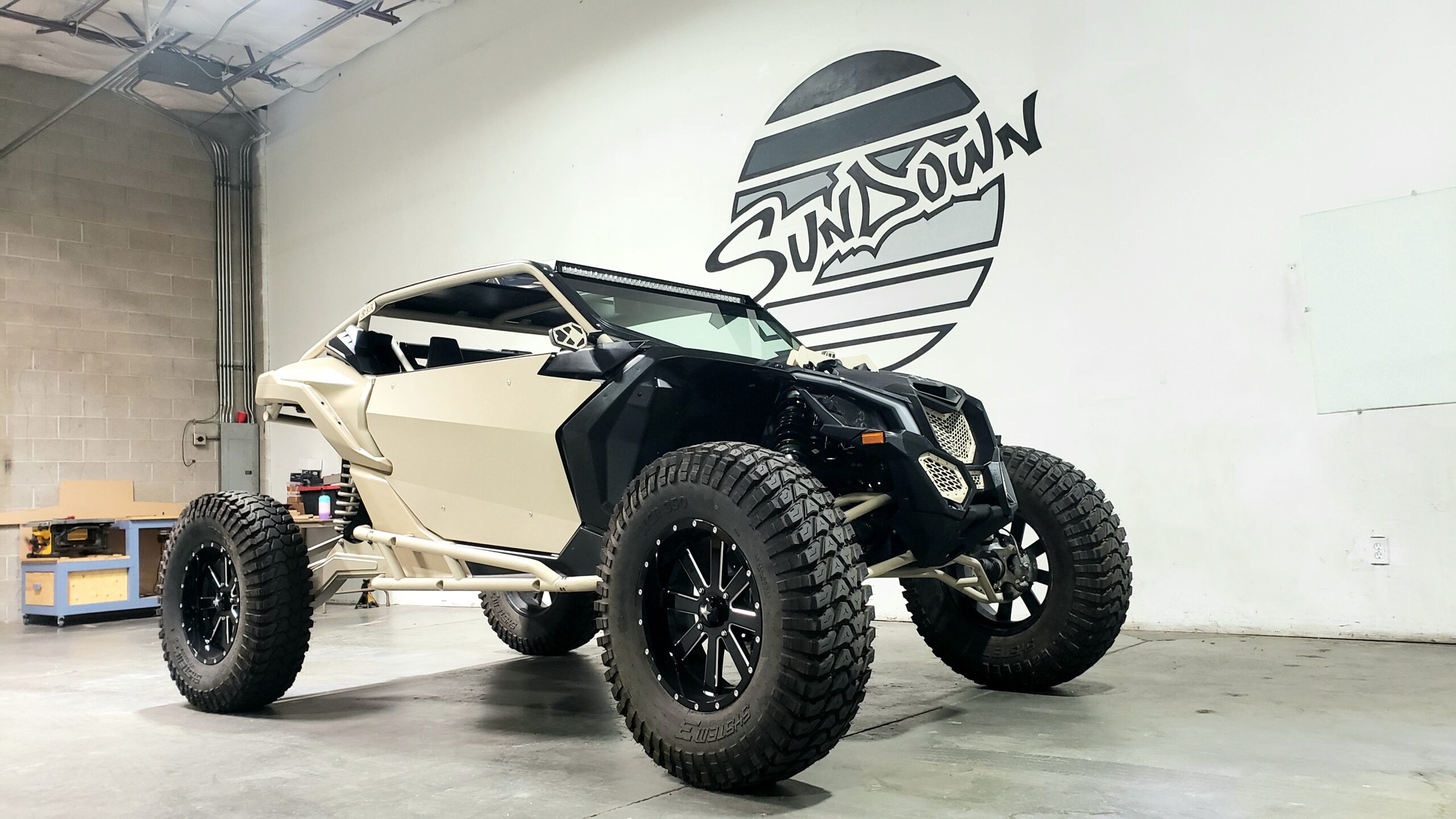

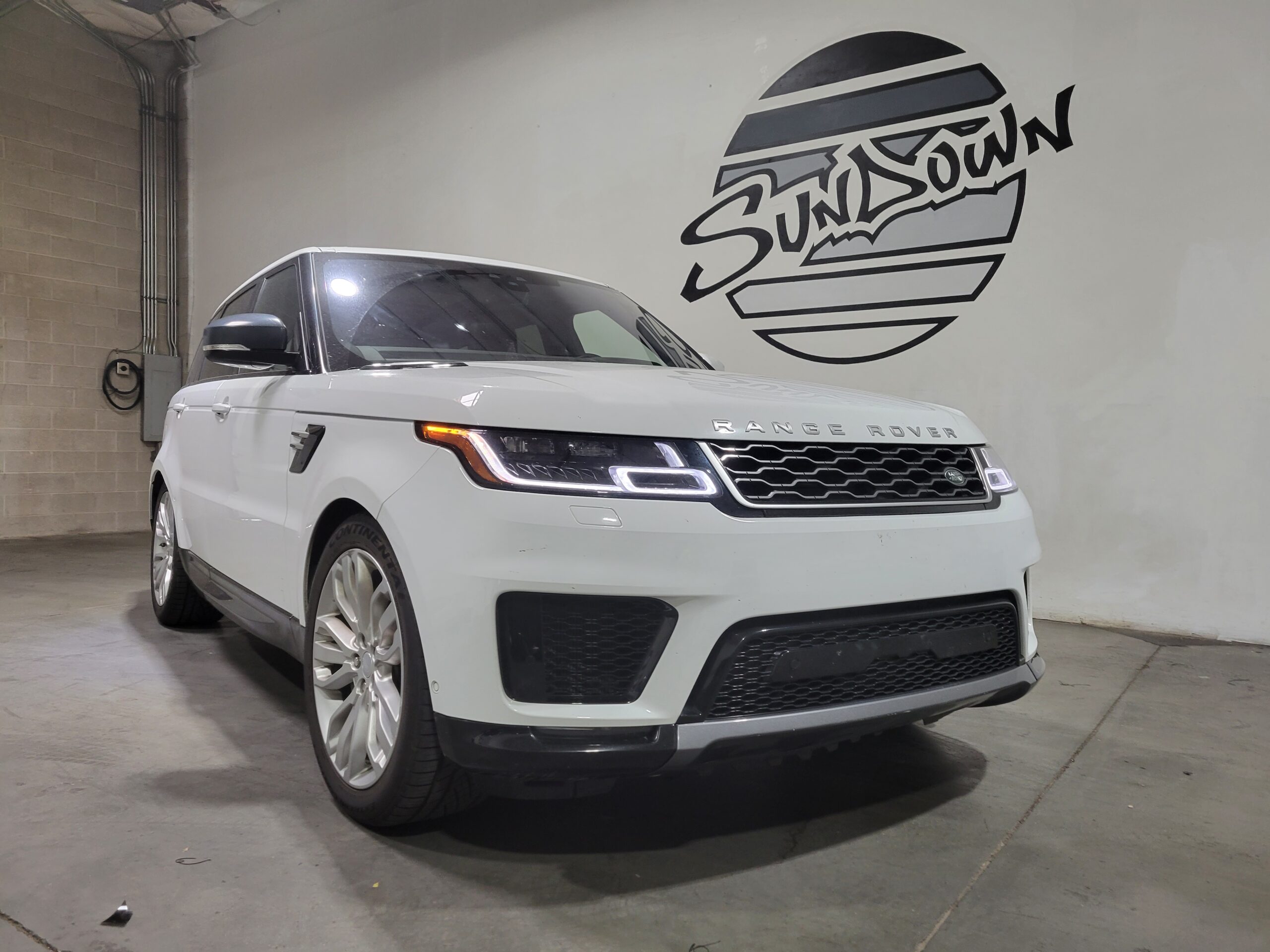
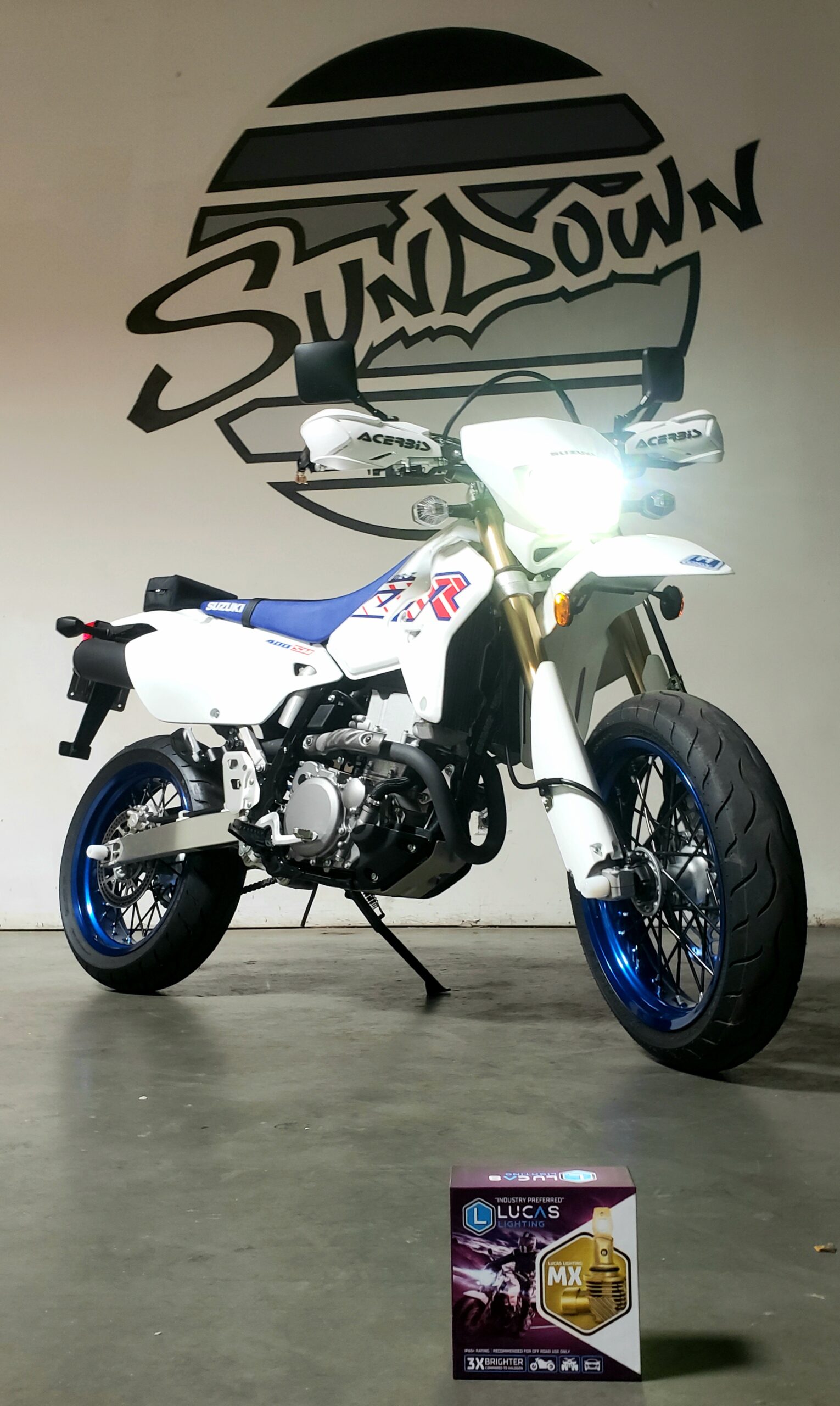
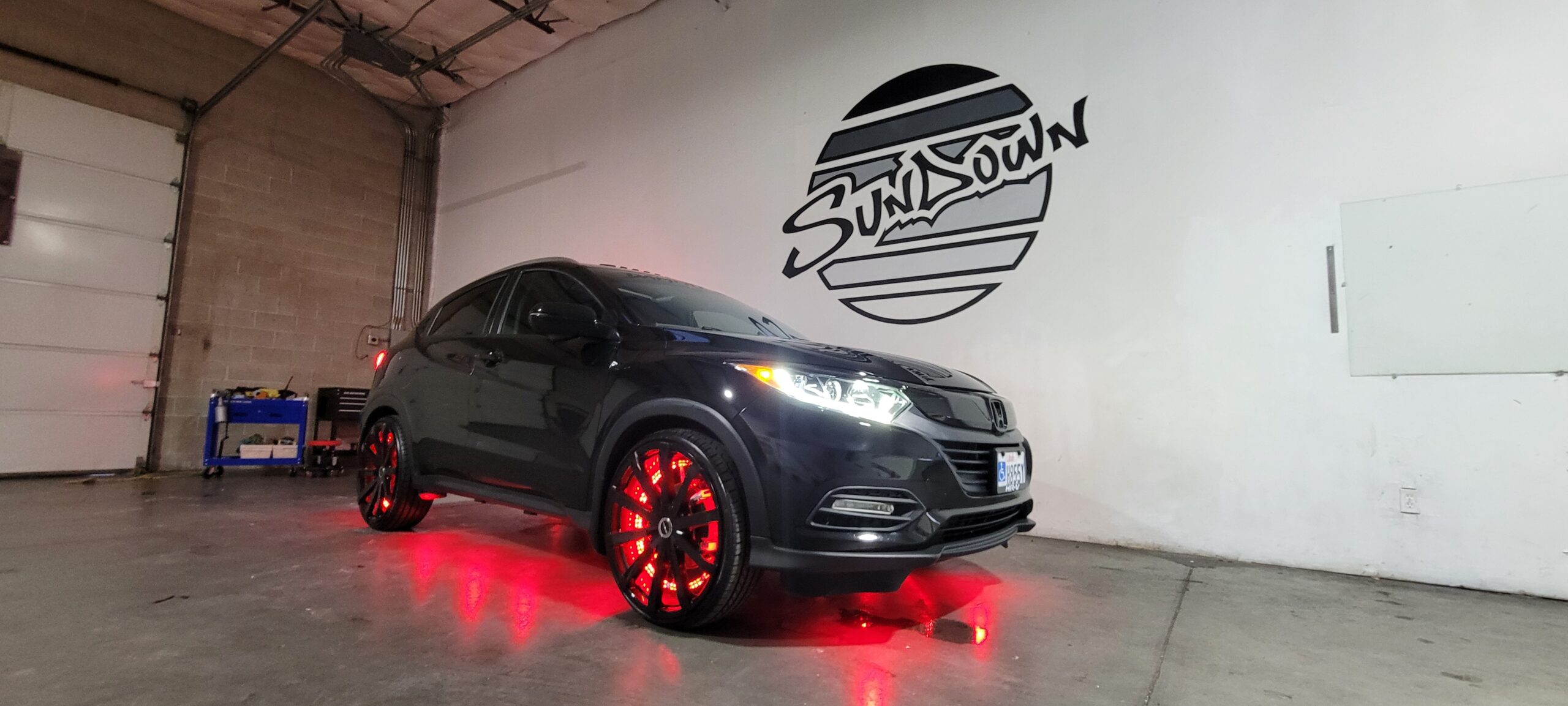
TESTIMONIALS
Hear From the Happy Costumers Who Trust Us!

Great quality tint! I went in last minute no appointment at about 5 pm and they had everything done for me by 8pm! Definitely would recommend to anyone that needs tint work done!
Cypress Hill

I got my four doors and rear windows tinted. Price was great. And it was done quickly—I was able to pick up same day. Film is good quality and installation is great—no bubbles, scratching, or peeling. My car is notorious for having cloth door panels that stain with liquids. I told the owner about it and he made sure to cover the door panel to avoid any damage. Will definitely be bringing my other vehicles here!
Jimmy Bach

Excellent service and attention to detail. Best price I could find for ceramic tinting. They guarantee their job and fix any issues promptly. Highly recommend it.

